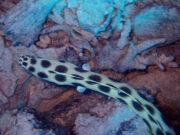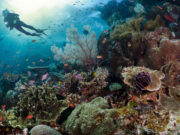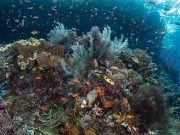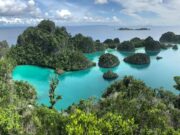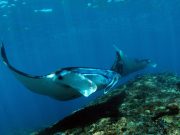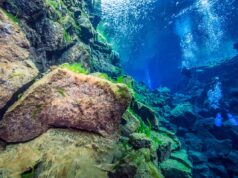Most fatal diving accidents could be avoided if adequate diving safety procedures are followed, a study suggests.
The researchers from the The University of Bergen and Haukeland University Hospital investigated the circumstances and post-mortem findings in 40 fatal diving accidents in western Norway from 1983 through 2007. They considered diving experience, medical history and toxicology reports. The divers who had lost their lives included recreational and professional saturation divers.
In 33 cases the diving equipment was examined as part of the forensic investigation.
The scientist found that in 27 cases there were defects in the diving equipment and in six of these the defects were responsible for the fatal accidents.
Eighteen divers died on the surface or less than 10 m below surface. Twelve divers were diving alone. Whilst 20 divers had one buddy, in nine of these cases the diver was alone at the time of death.
The study, published in the journal Forensic Science International, shows that most of the fatal diving accidents could be avoided if adequate diving safety procedures had been followed.

